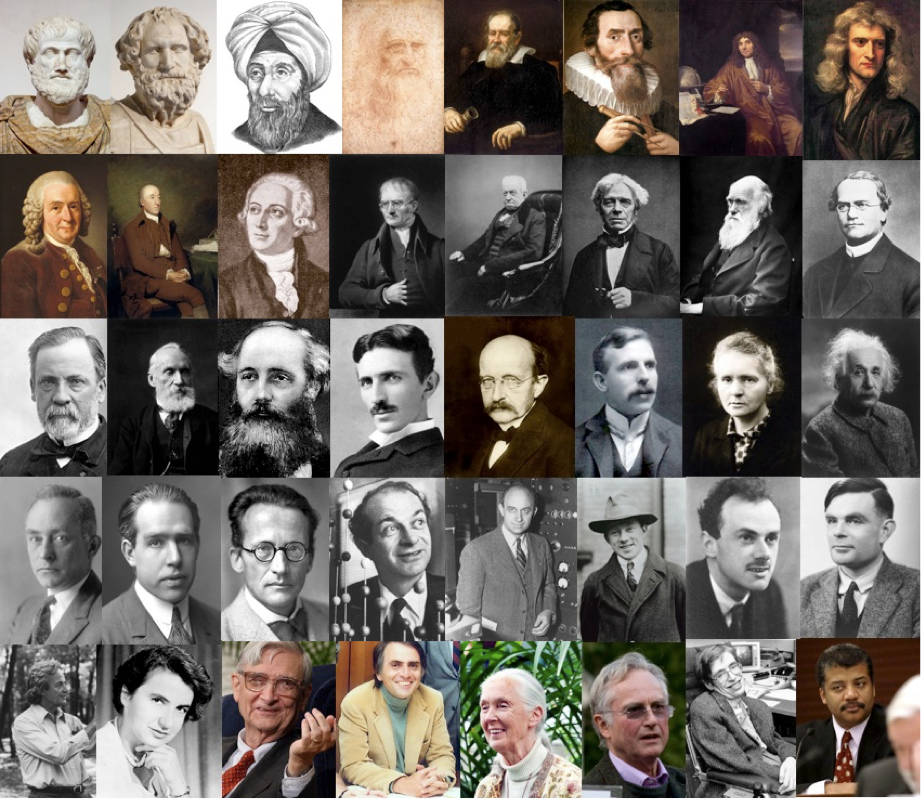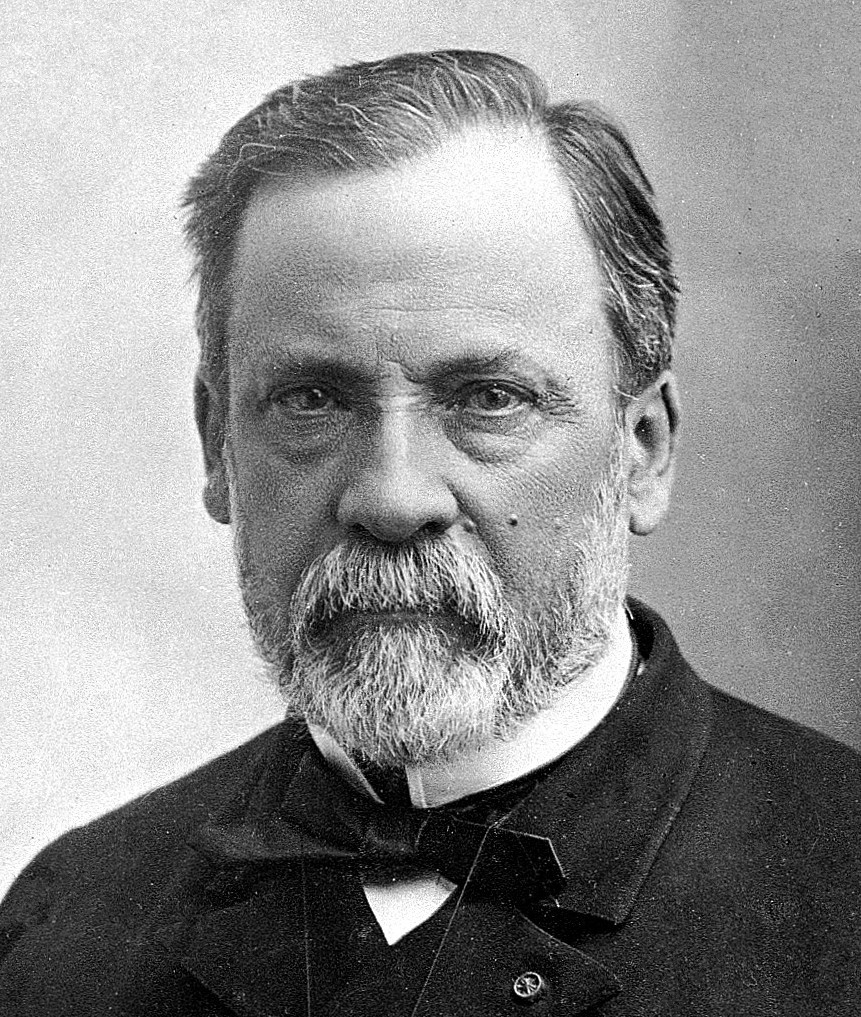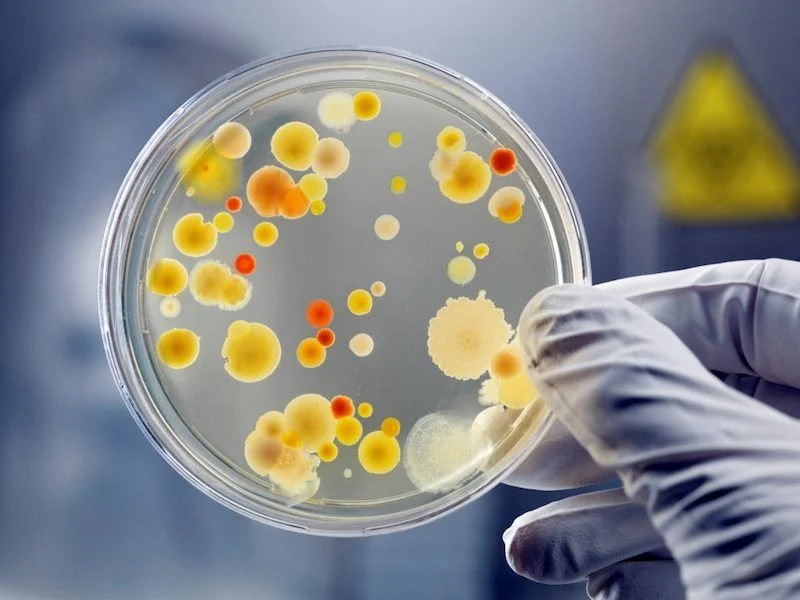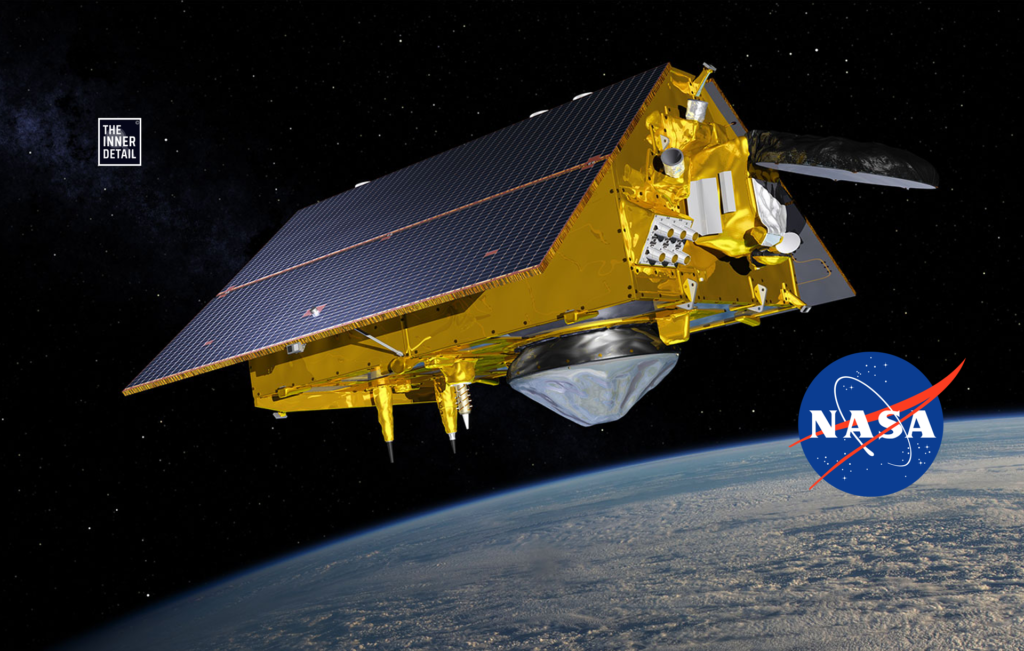Remember the school days, where we do something well creative other than studies and express it to our parents and finally get cursed and oppressed to do only academic works and score marks? It’s a kind of expression of our talents, with ungiven credits. Maybe and sure it might had tormented oneself. Similar way, think of these scientists who had spent months and years in their research and finally go with no hand and even cursed for their works! It might be a great heartbreak for them! ☹💔
Let’s get a sip of their life!
Scientists who were first ridiculed but credited later!
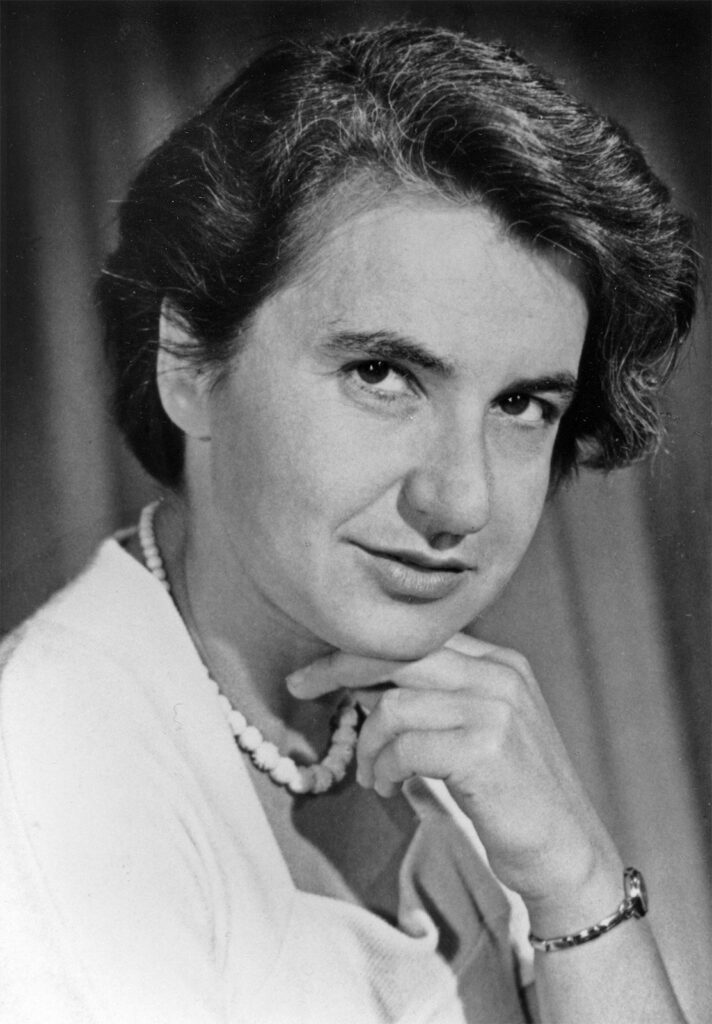
Rosalind Franklin – ‘Double Helix Shape of DNA’
People might had come through “Crick and Watson’s discovery of the Double Helix of DNA” in their biology books in school. Being published in 1953, the work was not actually from them, but from Rosalind Franklin. Franklin was a chemist and x-ray crystallographer who was recruited to work at King’s College, London on the structure of DNA. Her collaborator there was Maurice Wilkins, but the two did not get on. Franklin’s work was shared with Crick and Watson without her knowledge or permission – probably by Wilkins, though the exact details of sharing remain unclear. The data and photographs rendering vital proofs to her finding were also handed over.
When Crick and Watson published their work in 1953, Franklin was given no credit for her contribution. And in 1962, the two received Nobel Prize in Physiology or Medicine for the discovery of DNA. Franklin had passed away from ovarian cancer in 1958; Nobel prizes cannot be awarded posthumously, so she was again passed over for recognition of her work. It was only some twenty years later that Franklin’s role began to be recognized, and there is now a growing number of awards and scientific institutions that bear her name.
Subrahmanyan Chandrasekhar – Chandrasekhar limit
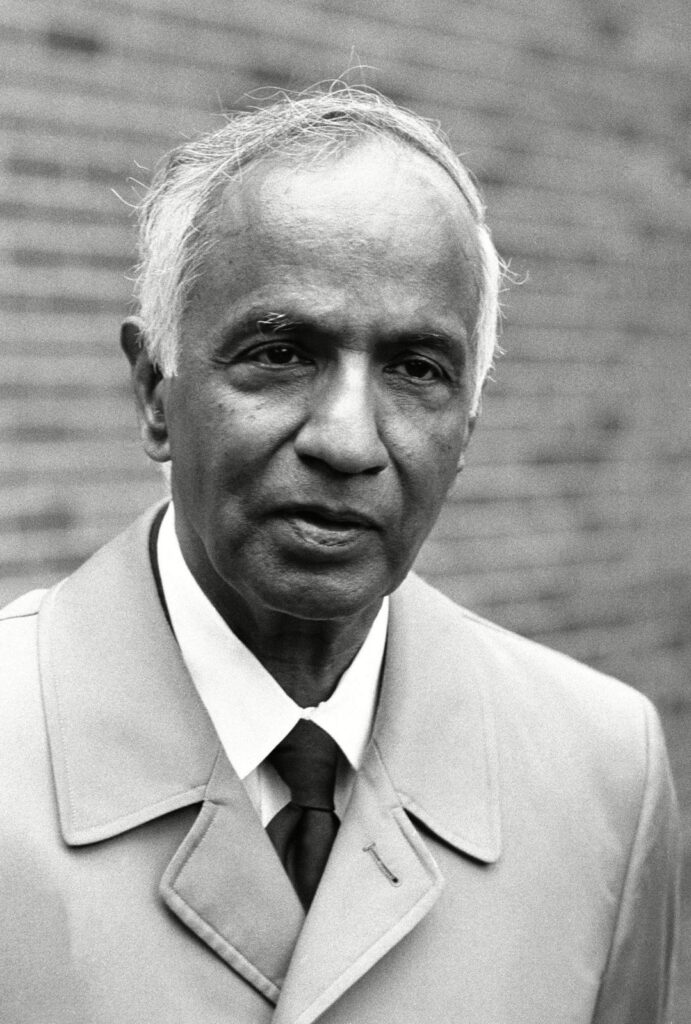
Subrahmanyan was born in what was then British India, now Pakistan, as the third oldest of ten children. He wrote his first academic paper at the age of 19, and on completing his BSc, he went onto Cambridge in his 20 with a scholarship. There he concepted the idea, which is now called ‘Chandrasekhar limit’ -the concept that above a certain mass, electron degeneracy pressure in the core of a white dwarf star is not enough to counterbalance the gravitational self-attraction of the star. Above the Chandrasekhar limit, stars explode or collapse into a neutron star or black home.
When Chandrasekhar was on the spotlight to present his findings at Royal Astronomical Society in London in 1935, he was publicly ridiculed by a renowned physicist, Sir Arthur Eddington, who had until then acted as a mentor to him. Between an internationally famous physicist and a young Indian student, Chandrasekhar was backed and left Cambridge in the hope of finding a better welcome elsewhere.
But in 1972, when the first black hole was discovered, Chandrasekhar’s theory was finally proven correct. Subrahmanyan did get his credit he deserved (but only after roughly 50 years), winning a Nobel Prize for Physics in 1983. He must thank God, that it had happened during his life-time itself.
Louis Pasteur – Pasteurization
Louis Pasteur’s famous ‘Germ theory’, in which he highlighted that disease could be spread by germs, after his three of five children died from infectious diseases. And he originated the process of pasteurization; he put forwarded that in 1850s. The result is that he was met with violent opposition from the chemists and medical community, claiming not to believe that fermentation is a living process, as suggested by Pasteur’s theory. Today, in large part due to his work, we know that certain bacteria are responsible for sickness, and minimizing germs is a key to promoting healthy immune function.
Barry J. Marshall and J. Robin Warren – Bacteria causes Stomach Ulcers
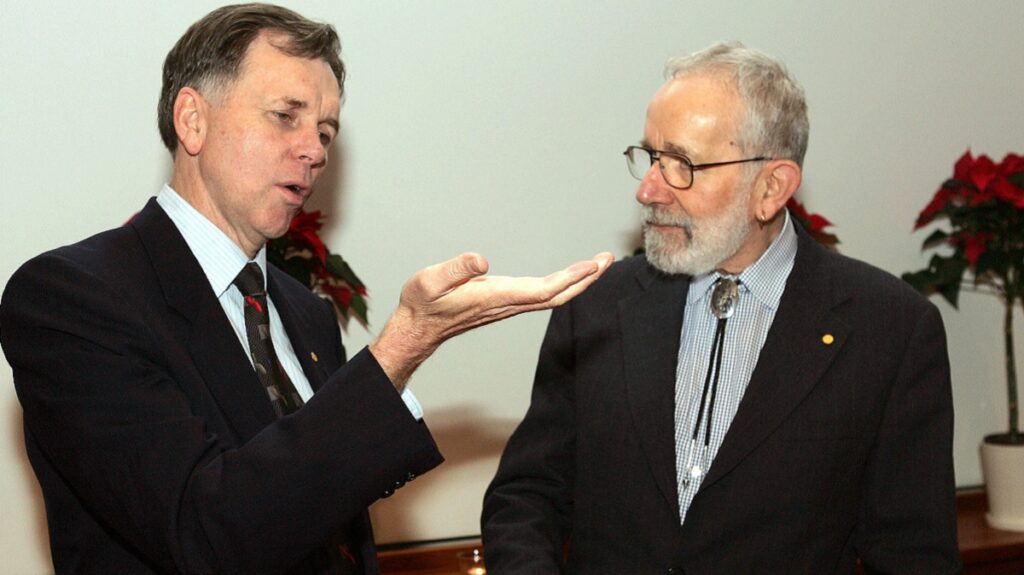
Barry J. Marshall and J. Robin Warren were awarded the Nobel Prize in 2005 for their discovery that bacteria is responsible for stomach ulcers. But the recognition wasn’t on them for almost 20 years and clocking back to 1982, during the time which the proposal was ridiculed, the two were taunted by the scientists panel, who claimed that bacteria couldn’t live in the acidic environment of the stomach and that it was just stress or bad diet that was to blame.
In the end to prove the truth, Marshall changed the face of medical science when he swallowed a petri-dish of dangerous bacteria to prove his theory. Said Marshall,
“Everyone was against me, but I knew I was right”.
Nikola Tesla – Wireless power transmission
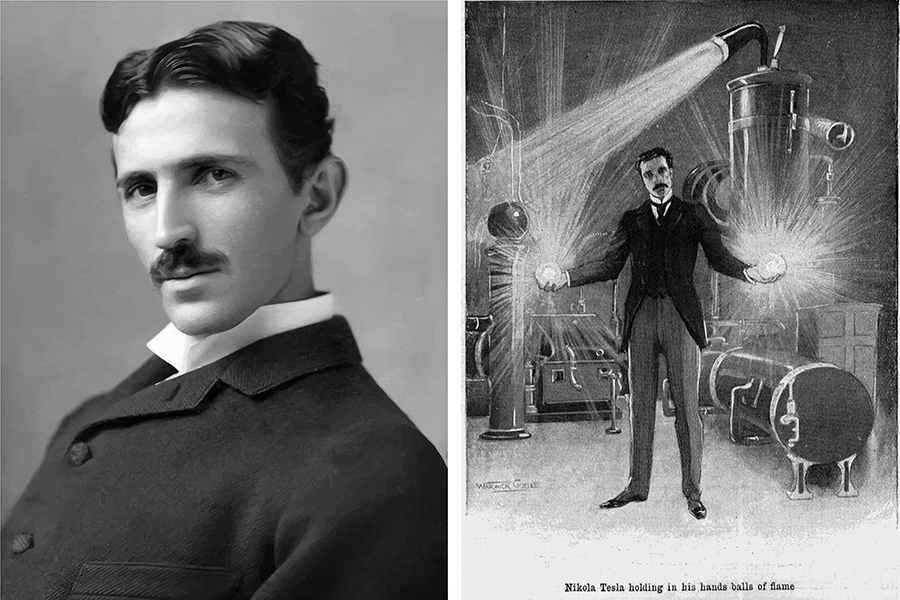
Many of you might have guessed & expected the name ‘Nikola Tesla’, after heeding the topic. You had guessed it right and Tesla has been the biggest disregarded scientist in the history. What he had left off, is what we are in the pace of achieving. One such invention from him becomes ‘Wireless Power transmission’, where he untangled that high voltage AC could be transmitted wirelessly by an inductive coupling, wherein a receiving and transmitting LC circuit should be tuned to a specific resonance. His resonant inductive coupling method is now widely used in electronics and is currently being applied to short-range wireless power systems like wireless mobile charging, which Apple & Xiaomi recently introduced.
Tesla experimented with a series of inventions in the 1910s and 1920s with varying degrees of success. Having spent most of his money, Tesla lived in a series of New York hotels, leaving behind unpaid bills. He died in New York City in January 1943. Tesla’s work fell into relative obscurity following his death, until 1960, when the General Conference on Weights and Measures named the SI unit of magnetic flux density the tesla in his honor.
Continue reading Part-2!
References:https://www.britannica.com/biography/Louis-Pasteurhttps://www.ncbi.nlm.nih.gov/pmc/articles/PMC1283743/https://en.wikipedia.org/wiki/Wireless_power_transfer#Teslahttps://www.oxford-royale.com/articles/9-scientists-didnt-get-credit-deserved/https://www.lifehack.org/articles/lifestyle/6-world-changing-ideas-that-were-originally-rejected.html
